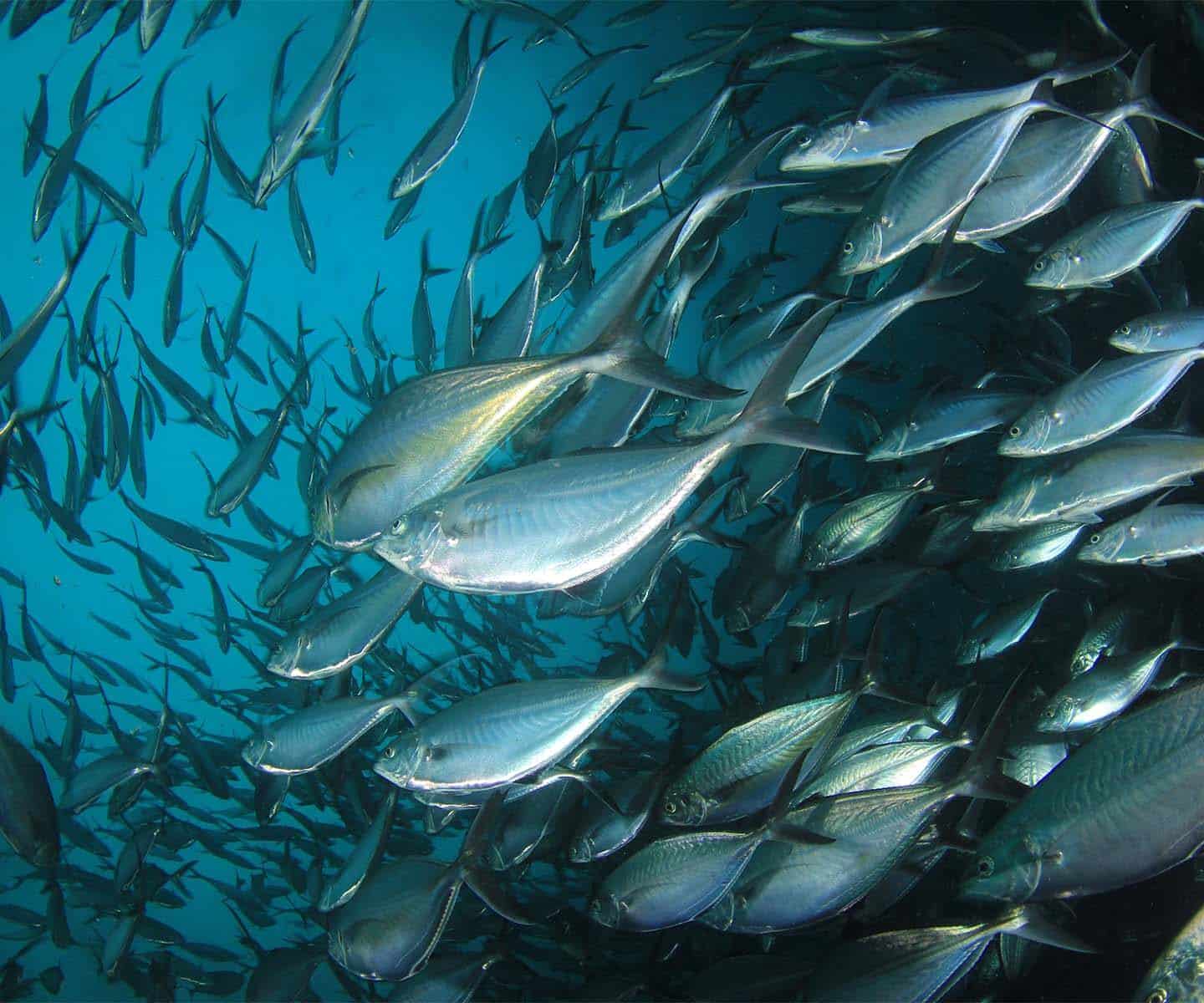World Tuna Day, May 2, 2023, shines a spotlight on the global importance of tuna and international sustainability initiatives. It was established by the United Nations in 2016. “Many countries depend heavily on tuna resources for food security and nutrition, economic development, employment, government revenue, livelihoods, culture, and recreation,” says the United Nations.
Why not try your hand at some tuna trivia this month? Try these true or false questions to learn more.
True or false? Canned tuna is not very popular in the U.S.
FALSE. Canned or pouch tuna is the second most popular seafood in the U.S. (after shrimp). About half of U.S. households serve tuna every month, according to the National Fisheries Institute. They add, “Americans eat about 1 billion pounds of canned and pouched tuna a year.”
True or False? Tuna noodle casserole dates back to cookbooks from the 1930s and gained popularity because it used economical pantry staples.
TRUE, explains Tasting Table in their story about nostalgic comfort foods. They are not alone; Rachel Ray calls tuna noodle casserole “budget-friendly retro comfort food.” She shares her recipe here.
True or false? Tuna is high in protein but low in omega-3 fatty acids.
FALSE. Tuna is high in protein and omega-3 fatty acids, along with vitamins B12 and D, iron, zinc, magnesium, phosphorous, and selenium, notes the National Fisheries Institute. “Fish, especially tuna, is a highly healthy choice,” they say.
True or false? The most commonly consumed form of tuna in the U.S. is skipjack or yellowfin.
TRUE, says the National Fisheries Institute. Chunk, light tuna accounts for 75-80% of U.S. consumption.
True or false? Albacore tuna has a richer flavor than yellowfin and skipjack.
FALSE. “Albacore is firm and meaty, with a light, mild flavor. Yellowfin and skipjack are a bit softer and have a richer, more intense taste,” explains Chicken of the Sea.
True or false? Canned or pouch tuna has a relatively short shelf life.
FALSE, says the National Fisheries Institute, which advises, “Unopened canned tuna has a recommended shelf-life of up to four years, provided that the product has been stored under normal conditions and is not damaged. Pouched tuna has a shelf-life of three years.”
True or False? Use of the word “sustainable” has increased more than 20% on seafood menus over the past decade.
FALSE. In fact, use of the word ‘sustainable’ has increased more than 300% on seafood menus over the past decade, as reported in Sourcing Sustainable Seafood.
True or false? About 9 countries are engaged in conservation and management of tuna populations.
FALSE. The actual number is more than 96, according to the United Nations.
True or false? Nearly 20% of global tuna catch comes from fisheries involved a fisheries improvement project (FIP), an initiative that puts fisheries on a path towards sustainability.
TRUE, explains the Marine Stewardship Council.
True or false? Worldwide, the number of tuna stocks experiencing overfishing has declined; sustainability has improved.
TRUE. Through the coordinated efforts of scientists and fisheries managers, eight major tuna stocks have been rebuilt to a healthy level, explains the United Nations.
True or false? The Seafood Stewardship Index ranks global seafood companies on governance and strategy, ecosystems, traceability, and social responsibility.
TRUE. Thai Union, the parent company of Chicken of the Sea, ranks #1 on the Index.
True or false? You can scan a barcode to trace your Chicken of the Sea tuna from the fishing vessel to the store.
TRUE. Just enter the product code on the Chicken of the Sea website.








